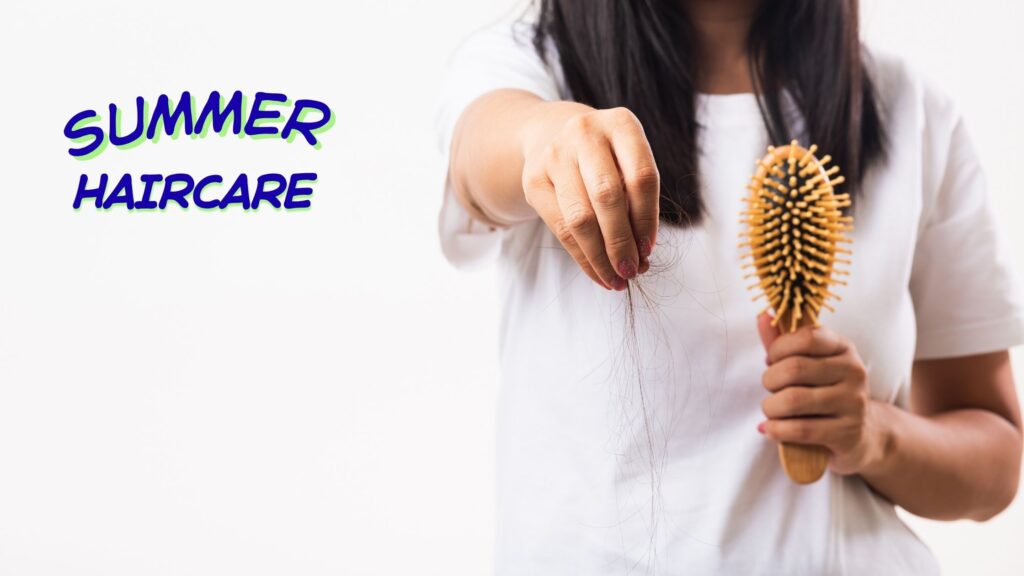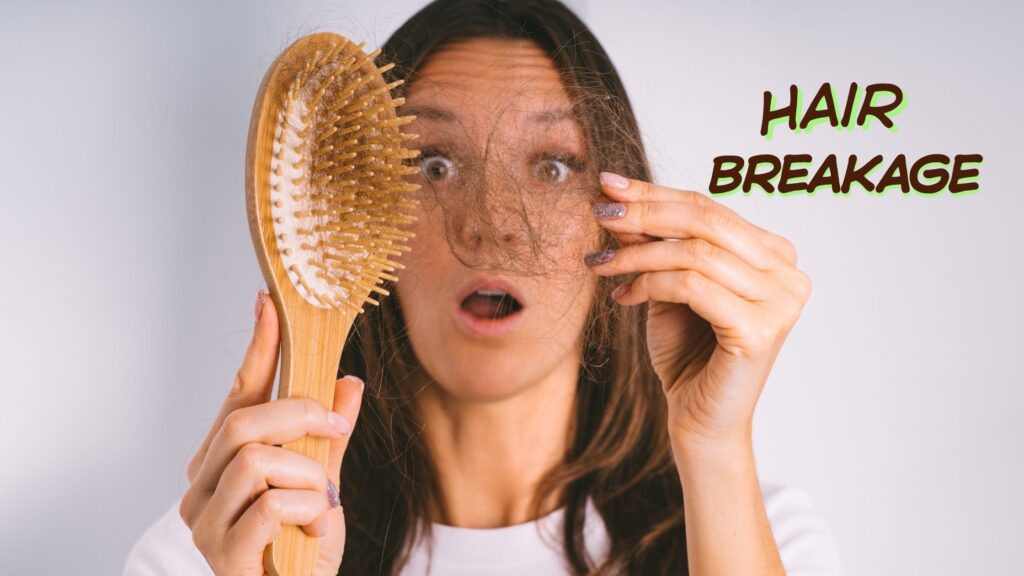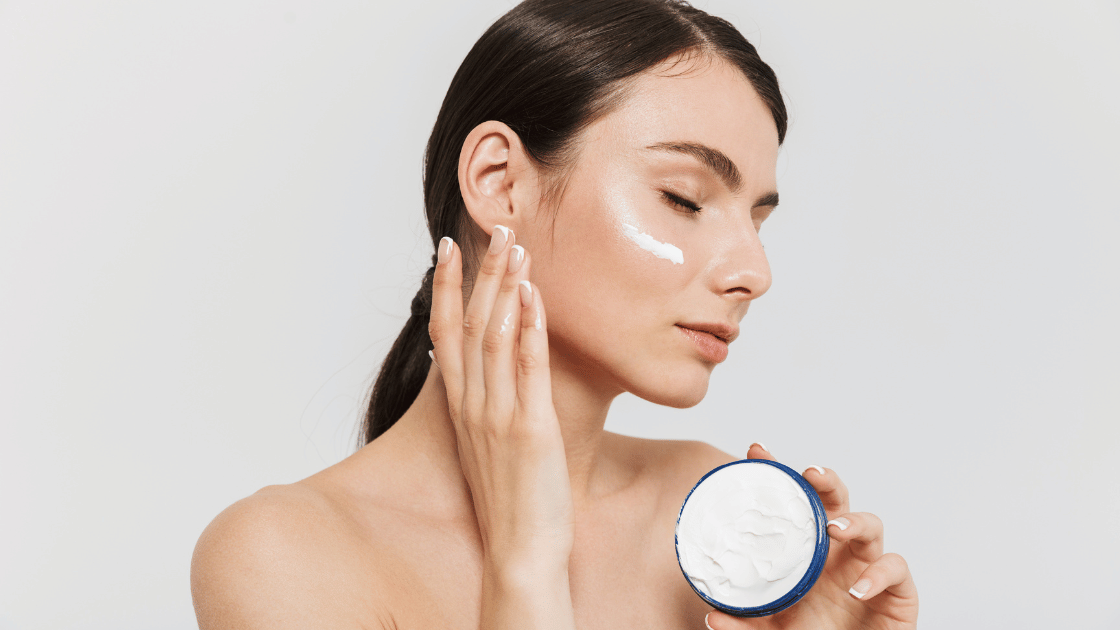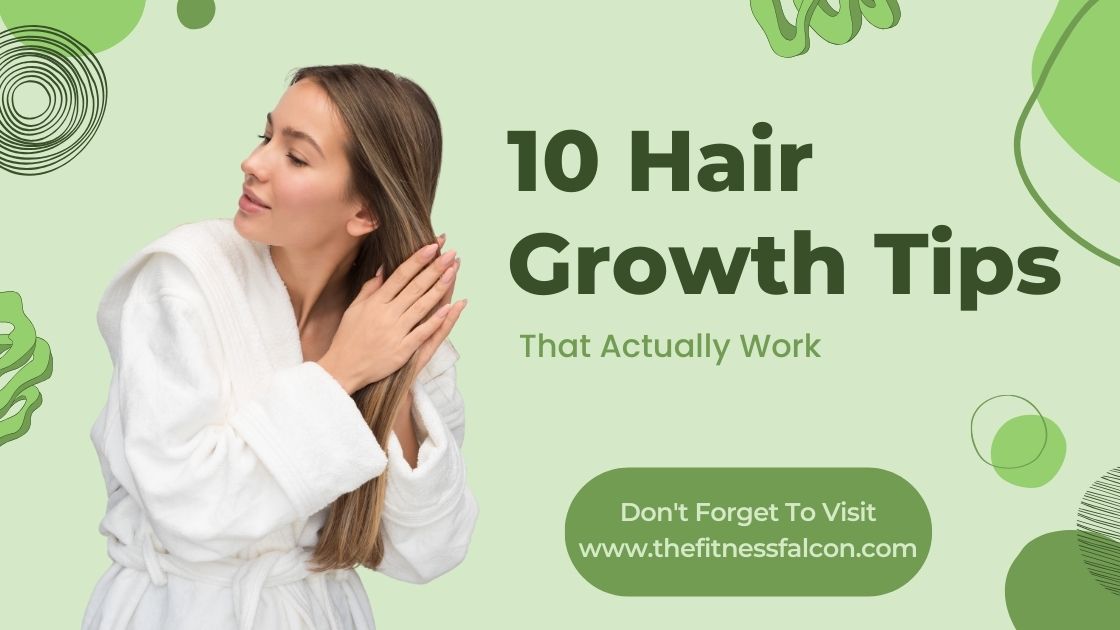Hair Fall in Men: Common Causes and Permanent Fixes
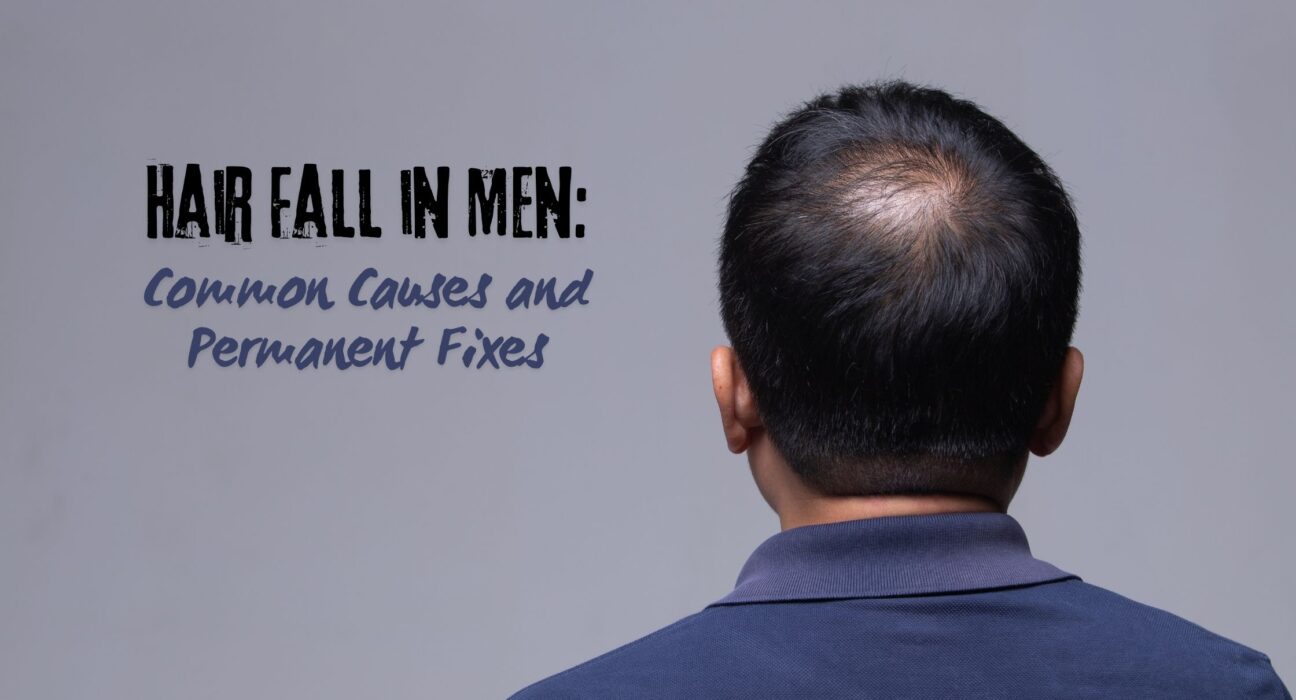
Hair fall in men has emerged as a widespread concern in today’s fast-paced world. From teenagers to middle-aged professionals, more men than ever are experiencing early signs of thinning hair or complete baldness. While hair shedding is a natural part of the hair growth cycle, excessive loss can lead to self-consciousness and reduced confidence. What was once perceived as a concern of aging is now prevalent among younger men due to changing lifestyles, poor nutrition, chronic stress, and environmental factors.
Understanding the underlying triggers is essential for timely intervention. Whether it’s a hormonal imbalance, a hereditary condition, or a side effect of a modern lifestyle, every type of hair loss has its root cause—and a potential fix. Fortunately, with advances in medical science, natural treatments, and lifestyle modifications, men have several permanent solutions to explore.
In this blog, we’ll explore the common causes of hair loss in men, explain how to prevent it, and share scientifically backed, long-lasting solutions that actually work. Whether you’re just starting to notice more hair on your pillow or dealing with an advanced stage of baldness, this guide will help you regain control.
1. Understanding the Hair Growth Cycle
To understand why hair fall occurs, you must first grasp how the hair growth cycle works:
-
Anagen (Growth Phase): Lasts 2-7 years. Hair actively grows from the roots.
-
Catagen (Transition Phase): Lasts 2-3 weeks. Hair growth stops and the follicle shrinks.
-
Telogen (Resting Phase): Lasts ~3 months. Hair remains in the follicle before falling out.
-
Exogen (Shedding Phase): Old hair sheds and makes room for new growth.
On average, losing 50-100 hairs a day is normal. However, when more hair than usual enters the telogen phase, it results in visible thinning and balding.
2. Common Causes of Hair Fall in Men
Genetics (Androgenetic Alopecia)
The most frequent cause of hair fall in men is hereditary male pattern baldness. It’s linked to dihydrotestosterone (DHT), a hormone derived from testosterone. DHT shrinks hair follicles, causing them to produce thinner and shorter hairs until they stop growing altogether.
Signs:
-
Receding hairline (M-shape)
-
Thinning on the crown
-
Complete baldness in advanced stages
Stress and Trauma
Emotional or physical stress can trigger telogen effluvium, a condition that forces hair follicles into the resting phase prematurely.
Triggers:
-
Surgery
-
Divorce
-
Job loss
-
Accidents
-
Excessive workouts or crash diets
Poor Nutrition
Hair requires specific nutrients for healthy growth, including:
-
Protein (keratin production)
-
Iron
-
Zinc
-
Biotin (Vitamin B7)
-
Omega-3 fatty acids
Deficiencies can impair the hair cycle and weaken follicles.
Hormonal Imbalances
Thyroid issues, diabetes, and testosterone fluctuations can all lead to hair loss. Conditions like hypothyroidism, hyperthyroidism, and insulin resistance affect the hair follicle’s ability to regenerate.
Medications and Medical Treatments
Drugs that treat:
-
Blood pressure (beta-blockers)
-
Depression (SSRIs)
-
Chemotherapy (cytotoxic agents)
-
Acne (high-dose vitamin A)
may cause hair fall as a side effect.
Scalp Conditions
Unhealthy scalp = weak hair roots.
Common culprits:
-
Dandruff
-
Psoriasis
-
Fungal infections
-
Seborrheic dermatitis
Hairstyles and Heat Styling
Tight ponytails, cornrows, and frequent use of hair dryers, flat irons, or chemical products can cause traction alopecia, damaging follicles and breaking hair strands.
3. How to Prevent Hair Fall in Men
Preventing hair fall requires a combination of smart lifestyle choices and gentle hair care practices. Here’s how:
1. Maintain a Balanced Diet
Fuel your follicles from within. Include:
-
Leafy greens, lentils, eggs (for iron and biotin)
-
Fatty fish, flaxseeds (omega-3s)
-
Nuts and seeds (zinc, selenium)
-
Beans and legumes (protein)
2. Practice Stress Management
Chronic stress increases cortisol levels, which damages hair growth.
Techniques:
-
Yoga or tai chi
-
Meditation
-
Deep breathing
-
Journaling
-
Regular sleep (7–8 hours)
3. Use Gentle Hair Products
Avoid:
-
Sulfates and parabens
-
Alcohol-based sprays
-
Harsh dyes and bleaches
Use shampoos with:
-
Ketoconazole (anti-fungal)
-
Caffeine (stimulates follicles)
-
Saw palmetto (blocks DHT)
5. Stay Hydrated
Water is essential for cell regeneration and scalp circulation. Drink at least 8 glasses a day.
6. Massage Your Scalp
Regular scalp massage stimulates blood flow and encourages hair follicles to grow. Use oils like:
-
Coconut oil
-
Castor oil
-
Rosemary oil
-
Pumpkin seed oil
4. Hair Regrowth Tips for Men
1. Use Minoxidil (FDA-Approved)
Minoxidil (2% or 5%) is an over-the-counter topical solution that helps with pattern baldness. It prolongs the anagen phase and enlarges miniaturized follicles.
How to use:
-
Apply twice daily on dry scalp
-
Results take 3–6 months
2. Consider Finasteride (Prescription Drug)
Finasteride blocks the conversion of testosterone into DHT. It’s taken orally and proven to reduce hair fall and promote regrowth.
Caution: May cause side effects like decreased libido in rare cases.
3. Microneedling Therapy
Tiny needles puncture the scalp to induce collagen production and improve serum absorption. Often combined with minoxidil or PRP for better outcomes.
4. PRP (Platelet-Rich Plasma) Therapy
Involves drawing your blood, isolating growth factors, and injecting them into the scalp to stimulate follicle repair.
Sessions: 3–6 initially, followed by maintenance every 6–12 months.
5. Hair Transplant Surgery
For advanced baldness, FUT (Follicular Unit Transplantation) or FUE (Follicular Unit Extraction) can restore a natural hairline by relocating hair follicles from donor areas (back of the scalp).
Pros:
-
Permanent
-
Natural-looking
Cons:
-
Expensive
-
Recovery required
5. Natural Remedies for Male Hair Loss
While clinical solutions are effective, some natural ingredients have shown promising results:
-
Onion Juice
Rich in sulfur and antioxidants, it helps regenerate scalp circulation and improves keratin production.
-
Aloe Vera
Soothes inflammation, reduces dandruff, and moisturizes the scalp to create a healthy growth environment.
-
Green Tea Rinse
High in antioxidants like epigallocatechin gallate (EGCG) which boosts hair follicle activity and reduces DHT formation.
-
Fenugreek Seeds (Methi)
Contain proteins and nicotinic acid which strengthen roots and reduce shedding.
6. Lifestyle Habits That Promote Hair Regrowth
-
Exercise Regularly
Improves blood flow, including to the scalp, and reduces cortisol levels which inhibit hair growth.
-
Quit Smoking and Limit Alcohol
Both habits constrict blood vessels and reduce nutrient delivery to hair follicles.
-
Avoid Over washing
Shampooing daily can strip the scalp of natural oils. Limit washes to 2–3 times a week using mild cleansers.
-
Limit Heat and Chemical Exposure
Reduce:
-
Hair dryers
-
Straighteners
-
Dyes
-
Bleaches
Always use heat protectants and conditioners if styling is essential.
7. When to See a Dermatologist
If you’re experiencing:
-
Sudden, patchy hair loss
-
Scalp inflammation
-
Severe thinning within weeks/months
-
Family history of baldness + early symptoms
Consult a dermatologist. Early intervention often leads to better recovery and regrowth outcomes.
Resource: Find a Dermatologist Near You
8. Myths About Hair Loss in Men – Debunked
| Myth | Truth |
|---|---|
| Wearing hats causes baldness | False – it doesn’t affect follicle health |
| Frequent shampooing causes hair loss | Only if harsh chemicals are used |
| Hair loss is only inherited from the mother’s side | Both maternal and paternal genes play a role |
| Shaving your head makes it grow back thicker | Hair texture appears coarser, but roots remain unchanged |
| Supplements alone can regrow hair | Not without correcting underlying deficiencies or hormonal imbalances |
9. Permanent Fixes – What Actually Works Long-Term
| Fix | Ideal For | Success Rate |
|---|---|---|
| Finasteride | Male pattern baldness | 80% regrowth/slowed loss |
| Minoxidil | Mild to moderate loss | 60-70% hair retention |
| PRP Therapy | Early to moderate thinning | 70% show improvement |
| Hair Transplant | Advanced baldness | 90-95% permanent results |
| Natural Oils & Massage | Maintenance + mild issues | Varies individually |
Conclusion
Hair fall in men is a condition that can range from mild thinning to severe baldness, affecting appearance and confidence. The good news? You don’t have to live with it. By understanding the underlying causes, adopting a holistic prevention strategy, and exploring both natural and medical regrowth options, you can regain control over your hair health.
Remember: treating hair loss is not just about appearance—it’s about feeling confident and healthy from the inside out.


